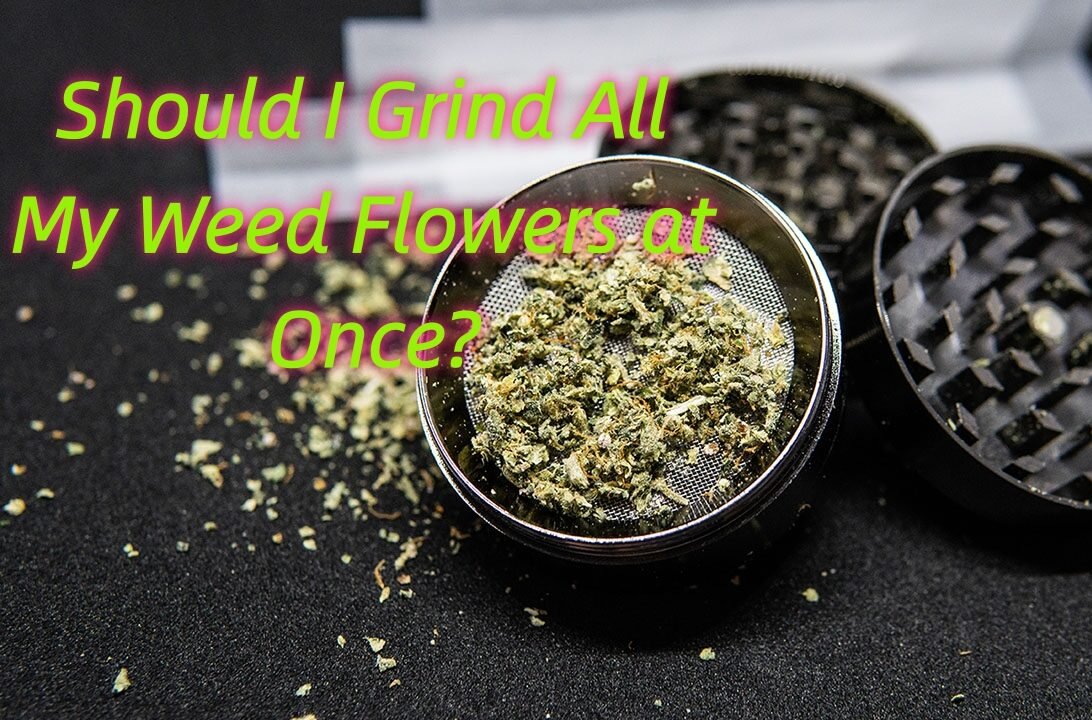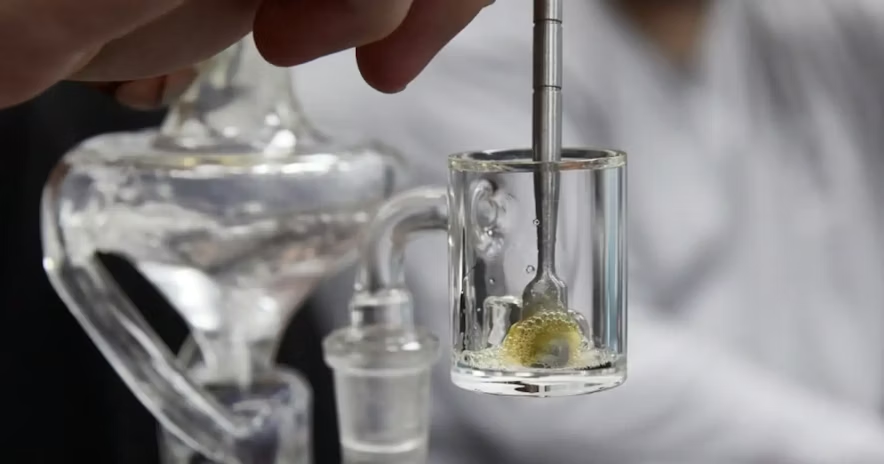Ever hauled a gorgeous glass piece into the woods only to find it chipped after one night in the trunk? I feel your pain. We all want cool, smooth hits around the campfire—but nobody wants breakage, funky flavors, or bulky gear. Let’s fix that.
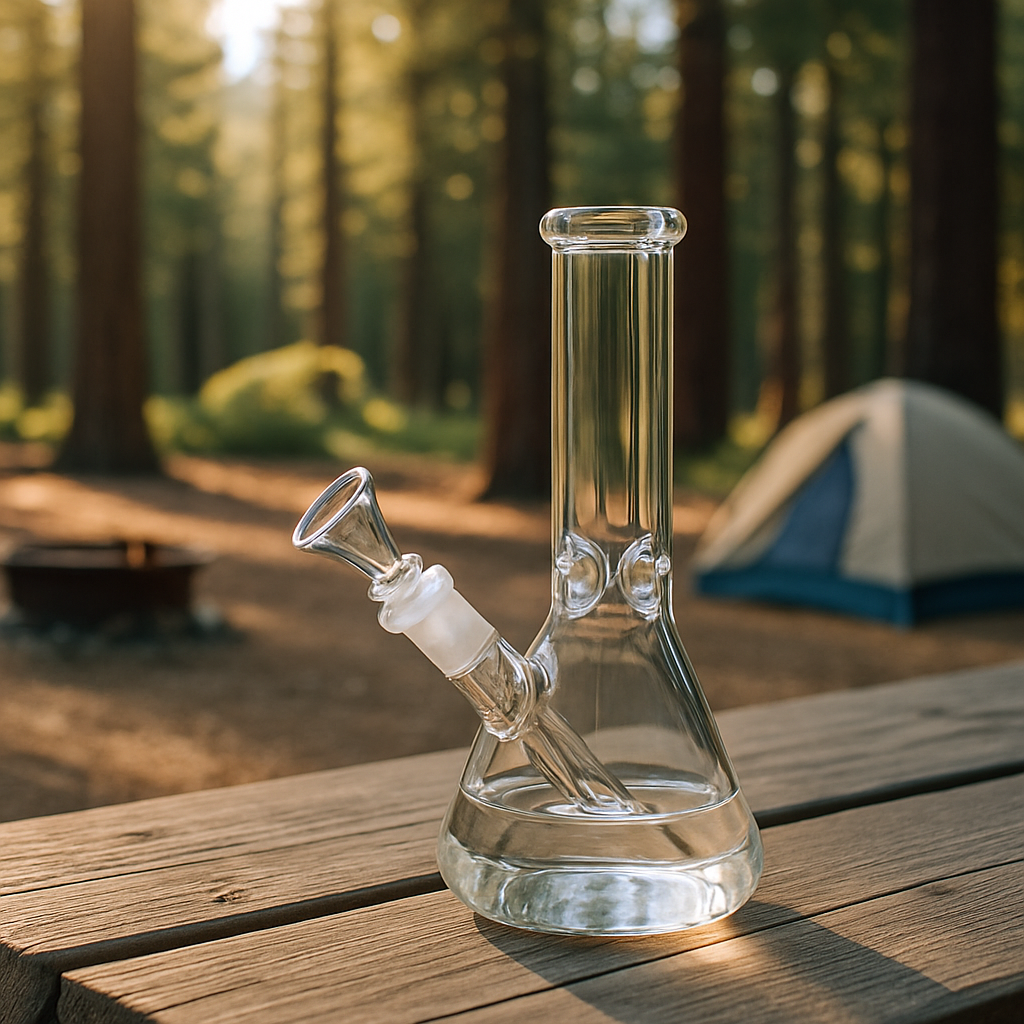
Glass vs silicone bongs for camping comes down to four levers: impact resistance, heat tolerance, flavor purity, and packability. Borosilicate glass survives ~150 °C swings without cracking —yet shatters if it tumbles onto rock. Silicone shrugs off drops and flexes into a pocket, but can retain resin aromas over time. Choose glass for flavor-focused sessions, silicone for worry-free travel. Either way, keep weight and cleaning supplies in mind.
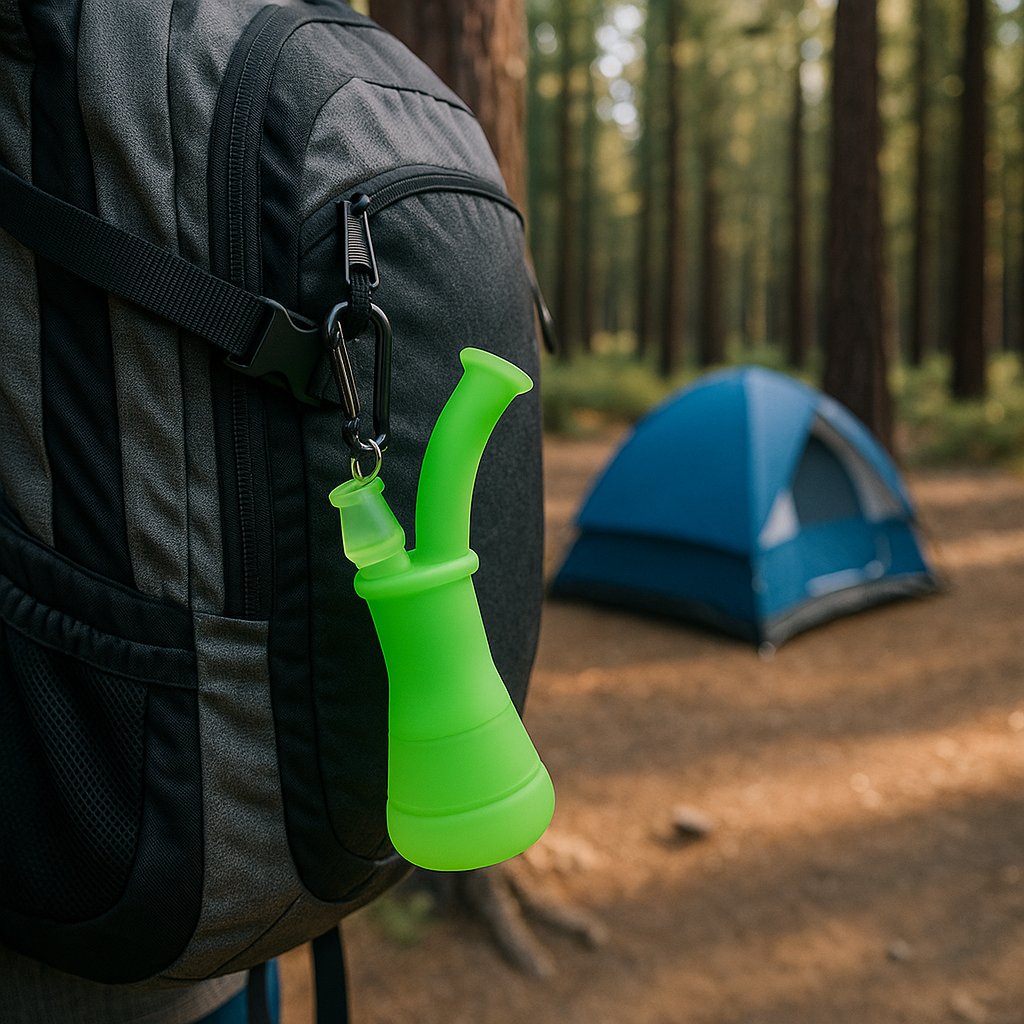
Grab a mug of trail coffee and settle in—by the end of this read you’ll know exactly which material suits your outdoor buyers.
What is a camping-ready bong?
A camping-ready bong is simply any water pipe engineered—or retro-fitted—to survive backpack life. Think reinforced joints, detachable downstems, and travel caps that stop soggy gear. Two materials dominate: borosilicate glass and platinum-cured silicone. Each solves the same problem with wildly different physics.
A camping-ready bong is a water pipe—typically borosilicate glass or food-grade silicone—designed with compact dimensions, protective sleeves, and spill-proof seals so it can be packed, cleaned, and used safely at a remote campsite.
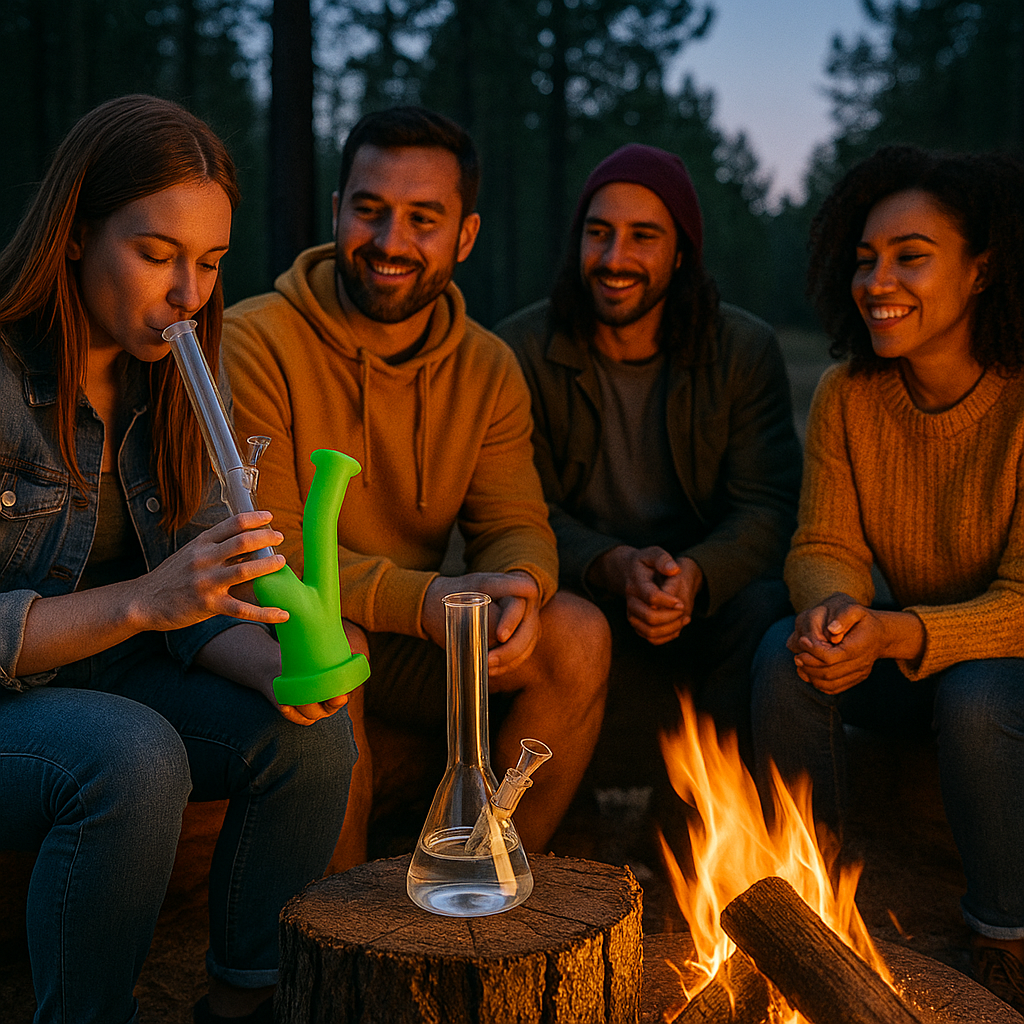
Why does the material matter?
Material choice dictates repair costs, health compliance, and customer satisfaction. Glass delights flavor-hunters but spikes breakage claims; silicone slashes returns yet may carry faint “new-rubber” notes if not pre-washed.
The right material cuts freight damage, meets FDA food-contact rules, and protects buyers from thermal shock or lingering tastes—directly impacting your margin and long-term reputation. FDA ✔️
How to choose the right one?
Run each SKU through a simple scorecard: drop test rating, weight per unit, maximum temperature delta, cleaning steps, and wholesale price. Overlay those numbers with your target buyer persona—flavor purist vs rental outfitter—and the best fit jumps out.

Pick glass when flavor clarity and brand prestige trump breakage risk; pick silicone when you need sub-$20 landed cost, toddler-proof durability, and “stuff-it-anywhere” portability.
What mistakes should beginners avoid?
First-time importers often skip lab certificates, ignore gasket quality, or overestimate shelf life of silicone colors. Campers then report peeling logos or warped rigs after one bonfire.
Avoid untreated low-grade silicone, thin-walled soda-lime glass, missing spill stoppers, and dark pigments that hide resin buildup. Test every batch before launch.
Dive Deeper
1. Impact & Thermal Stress
- Glass: Borosilicate survives 330 °F (≈ 183 °C) differential before cracking, thanks to its low expansion coefficient —reported by the American Ceramic Society. ACerS ✔️
- Silicone: Remains flexible from –60 °C to +200 °C, per NIST low-temperature studies. NIST ✔️
2. Flavor & Cleanability
- Glass is non-porous; once-rinsed it sheds odors instantly.
- Silicone’s micro-texture can hold terpenes—so advise clients to deep-wash with hot, soapy water as the CDC recommends for food-contact surfaces. CDC ✔️
3. Breakage Economics
A 2024 PubMed study shows surface-finished borosilicate gains up to 25 % extra flexural strength, yet it still fails catastrophically when it fails. PubMed ✔️
Silicone deforms instead of shattering, translating to near-zero warranty claims but potentially higher mold costs.
4. Weight & Freight
- 10-inch glass mini-beaker ≈ 380 g; same-size silicone ≈ 210 g.
- Lower grams mean cheaper air cargo when rushing restocks before summer camping spikes—note that U.S. national parks logged 331.9 million recreation visits in 2024. NPS stats ✔️
5. Environmental & Brand Story
Eco-savvy retailers lean glass because buyers associate it with recyclability. Pair each sale with a “Leave No Trace” postcard using the seven-principle framework popularized by park services. NPS FAQ ✔️
| Metric | Borosilicate Glass | Platinum-cured Silicone |
|---|---|---|
| Drop survival (1 m) | 10–30 % | 95 %+ |
| Heat swing tolerance | 150 °C | 260 °C |
| Dry weight (10″ piece) | ~380 g | ~210 g |
| Average landed cost (FOB Hebei) | US $8 | US $6 |
| Flavor clarity | ★★★★★ | ★★★☆☆ |
Conclusion
If your camping buyers prize taste and Instagram aesthetics, stock a padded-sleeve glass line and budget for a few replacements. If they’re outfitting rental fleets or klutzy beginners, silicone pays dividends in durability and shipping savings. Either way, test, label, and educate—nature will thank you.
